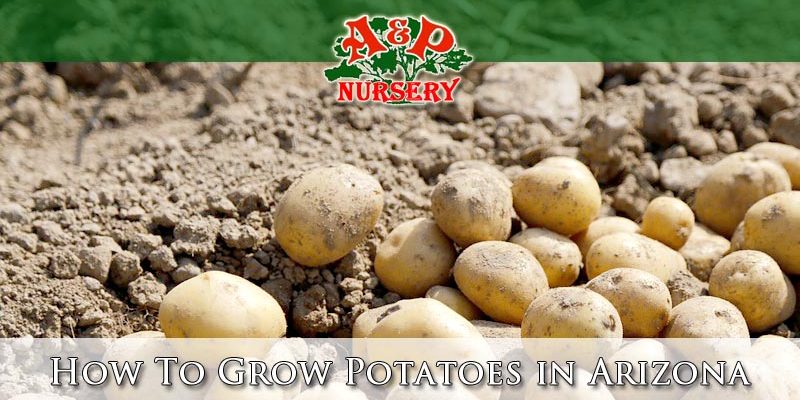Growing vegetables in Arizona can be a rewarding endeavor given the state’s unique climate and soil conditions. However, it requires careful planning and attention to the specific challenges posed by the desert environment, such as extreme heat, intense sunlight, and limited water availability. Here are some tips and guidelines to help you successfully grow vegetables in Arizona:
Choosing the Right Vegetables
Some vegetables are better suited to Arizona’s climate than others. Here are some recommended vegetables for different seasons:
Warm-Season Vegetables:
- Tomatoes
- Peppers
- Eggplants
- Cucumbers
- Squash
- Beans
- Melons
- Okra
- Corn
Cool-Season Vegetables:
- Lettuce
- Spinach
- Kale
- Broccoli
- Cauliflower
- Carrots
- Radishes
- Beets
- Peas
Timing and Planting Seasons
Arizona has two main planting seasons: spring and fall. The timing of planting is crucial to avoid the extreme heat of summer and the cold snaps of winter.
- Spring Planting: Typically starts in February or March. Warm-season vegetables are planted after the last frost date.
- Fall Planting: Begins in late August or September. Cool-season vegetables are planted to take advantage of the milder fall and winter temperatures.
Soil Preparation
Arizona soil can be sandy, clayey, or a combination of both. Improving soil quality is essential for successful vegetable gardening.
- Soil Amendment: Add organic matter such as compost, aged manure, or peat moss to improve soil structure, moisture retention, and nutrient content.
- pH Level: Test the soil pH and adjust if necessary. Most vegetables prefer a pH between 6.0 and 7.0.
Watering
Efficient watering is critical in the arid Arizona climate.
- Drip Irrigation: Use drip irrigation systems to deliver water directly to the plant roots, minimizing water loss through evaporation and ensuring consistent moisture levels.
- Mulching: Apply a layer of mulch around plants to retain soil moisture, regulate soil temperature, and reduce weed growth.
- Watering Schedule: Water deeply and infrequently to encourage deep root growth. Adjust watering frequency based on the season and weather conditions.
Sunlight and Shade
Arizona’s intense sunlight can be both beneficial and challenging.
- Sunlight: Most vegetables need at least 6-8 hours of sunlight per day. However, during the hottest part of the summer, some shade may be necessary to protect plants from sunburn.
- Shade Cloth: Use shade cloth or plant vegetables in areas that receive partial shade during the afternoon to protect them from the harshest sun.
Pest and Disease Management
Arizona’s climate can also attract various pests and diseases.
- Pest Control: Monitor plants regularly for pests such as aphids, whiteflies, and caterpillars. Use organic pest control methods like insecticidal soap, neem oil, or beneficial insects.
- Disease Prevention: Practice crop rotation, avoid overhead watering, and ensure good air circulation around plants to prevent fungal diseases.
Tips for Successful Gardening
- Raised Beds: Consider using raised beds to improve soil drainage and control soil quality.
- Containers: Growing vegetables in containers can be an excellent option for managing soil and water more effectively, especially in areas with poor soil.
- Companion Planting: Plant compatible vegetables together to maximize space, improve soil health, and reduce pest problems.
A&P Nursery For All Your Gardening Needs
With 4 east valley locations our team can help you find the perfect trees and plants to take your landscape from ordinary to extraordinary. In addition to selling trees and plants we partner with companies that will plant your trees or plants and care for them as long as you wish. That means all you need to do to get your landscape looking it’s best is stop by and browse our trees, choose your favorite, and leave the rest of the work to the pros.
Call or stop by one of our 4 locations today!
[/vc_column_text][/vc_column][/vc_row]







